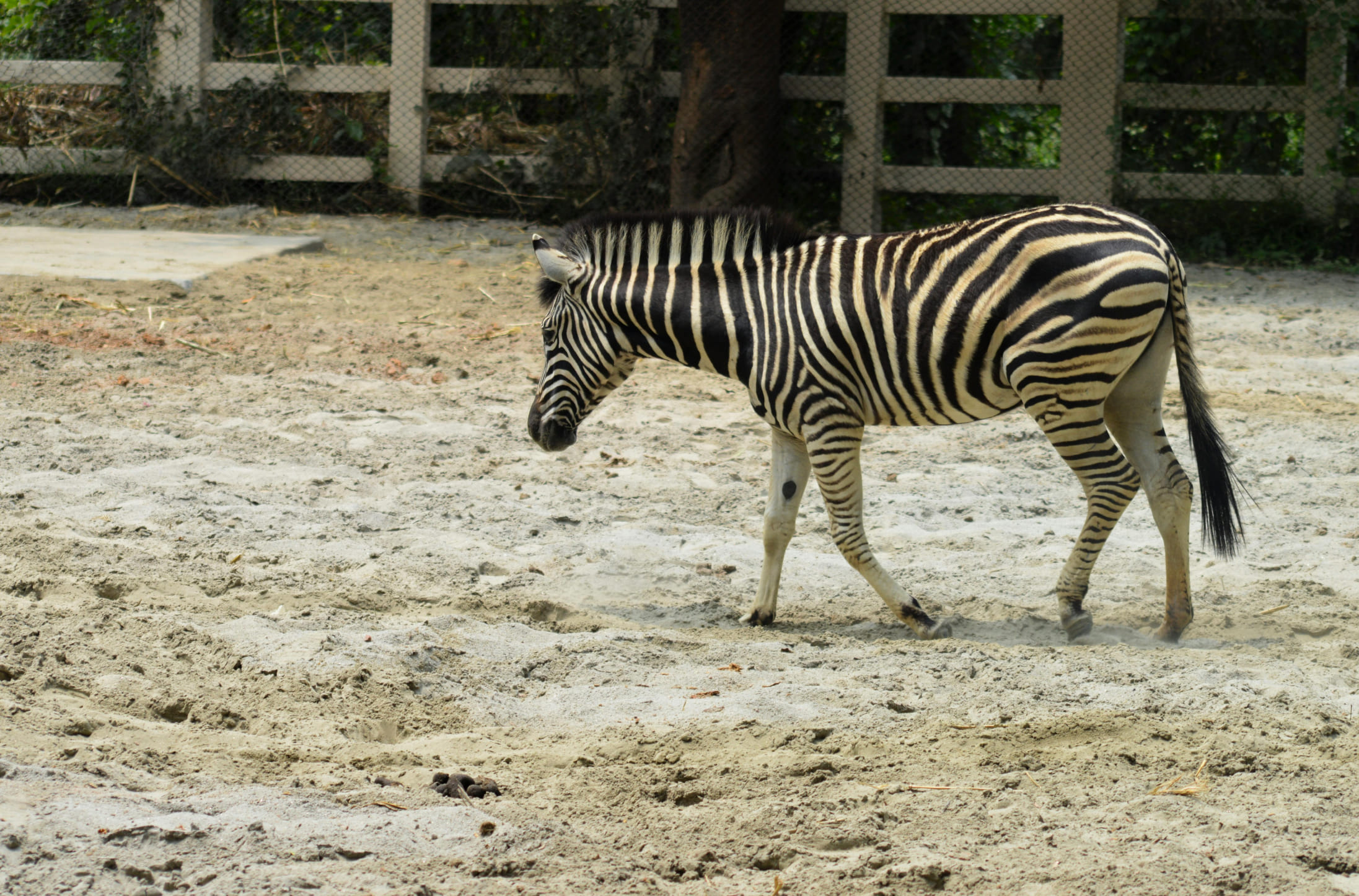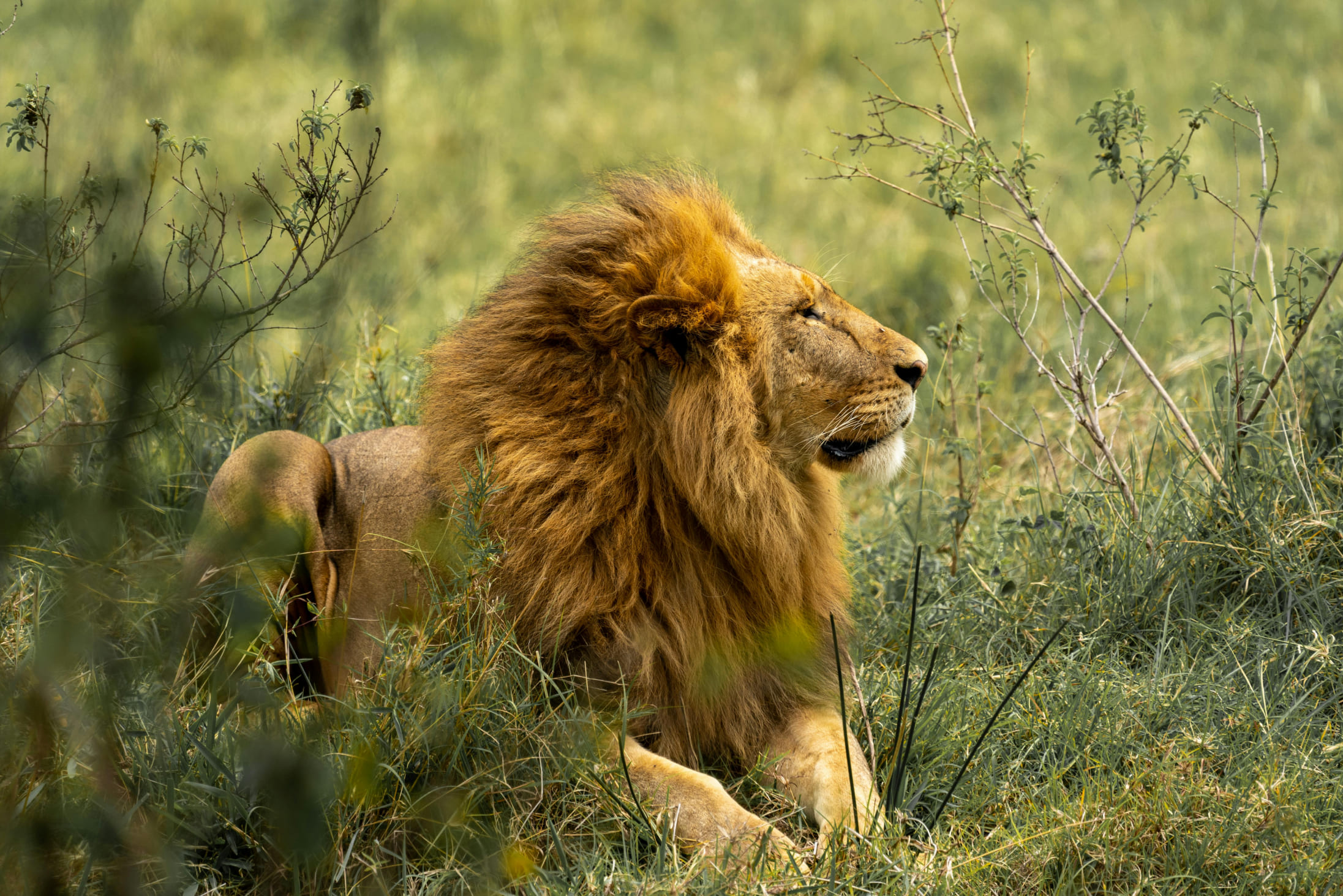Phone: +91917209542
Email: [email protected]

The Social Structure of Wolves
Wolves are highly social animals that live in complex, close-knit family groups known as packs. These packs are usually led by an alpha pair—a male and a female—that are responsible for leading hunts and making decisions for the group. The social structure within a wolf pack is hierarchical, with each member having a specific role to play in maintaining the pack’s success. Wolves communicate with each other through a combination of vocalizations, body language, and scent marking. Their iconic howls serve many purposes, from rallying the pack before a hunt to marking territory and keeping in touch over long distances. Wolves are known for their cooperative hunting strategies, working together to bring down large prey like deer, elk, and bison. Each member of the pack has a role during a hunt, from chasing the prey to flanking and attacking. Once the prey is brought down, the entire pack shares the meal, with the alpha pair typically eating first. The pack structure is essential for raising young wolves, as the entire pack helps care for and protect the pups. The pups learn critical survival skills through play and observation, growing into the roles they will eventually fulfill within the pack. Wolves' strong social bonds and cooperation make them one of the most successful predators in the wild. However, human activities, including hunting and habitat destruction, have greatly reduced wolf populations, and many conservation efforts are now focused on protecting these majestic animals.




